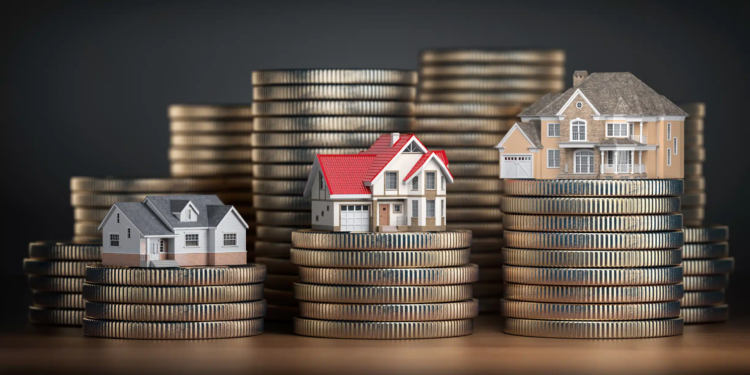When choosing the best markets for real estate investment in Kenya, several key metrics and factors come into play. Firstly, location is crucial. Prime areas such as Nairobi, Mombasa, and emerging towns like Kisumu and Eldoret often provide higher returns due to better infrastructure and accessibility. The proximity to amenities like schools, hospitals, and transportation hubs also significantly impacts a property’s desirability and value.
Secondly, economic growth is a vital factor. Kenya’s GDP growth rate and urbanization trends directly influence the real estate market. Areas experiencing rapid economic development and an influx of businesses tend to have a growing demand for residential and commercial properties. This includes regions benefiting from significant infrastructure projects like the Standard Gauge Railway (SGR) and the Lamu Port-South Sudan-Ethiopia-Transport (LAPSSET) corridor. For instance, investments in Nairobi’s Upper Hill have seen robust growth due to commercial developments and improved infrastructure.
Population growth is another important metric to consider. Areas with rising populations generally see increased demand for housing. Urban centers with youthful and expanding populations, such as Nairobi and its satellite towns, present lucrative opportunities for investors. According to the World Bank, Kenya’s population growth rate is approximately 2.3% per year, driving significant demand for housing and commercial spaces in these growing areas.
Infrastructure development is closely linked to population growth. Ongoing and planned projects, such as road expansions and new public transport systems, enhance connectivity and accessibility, which in turn boosts property values. For example, the Nairobi Expressway has significantly improved access to various parts of Nairobi County, making it an attractive investment destination.
Affordability and market demand are also critical metrics. Understanding the affordability levels and housing demand in different regions helps investors make informed decisions. High-end residential areas like Karen and Runda typically attract expatriates and upper-middle-class buyers, while more affordable regions like Kamulu and Kitengela cater to first-time homebuyers and renters. According to Economic Survey 2023 report, it indicates that there is a growing demand for affordable housing in urban areas, making this segment particularly attractive.
Lastly, return on investment (ROI) is a fundamental consideration. This involves analyzing both rental yields and potential capital appreciation. Prime locations often offer higher rental yields, while emerging towns may present long-term capital appreciation opportunities. For example, Nairobi’s Westlands and Kilimani areas are known for their high residential and commercial rental demands. Investors should consider areas with stable or rising rental prices and potential for property value appreciation over time.


















